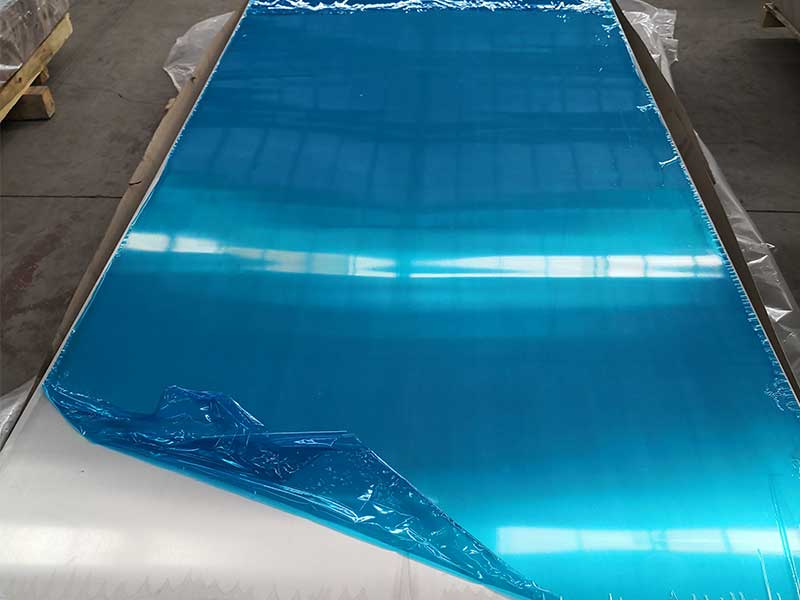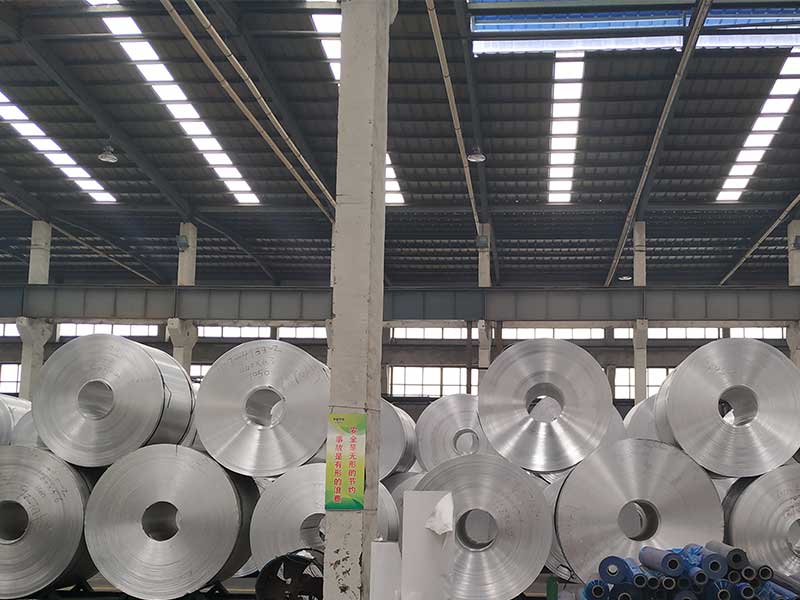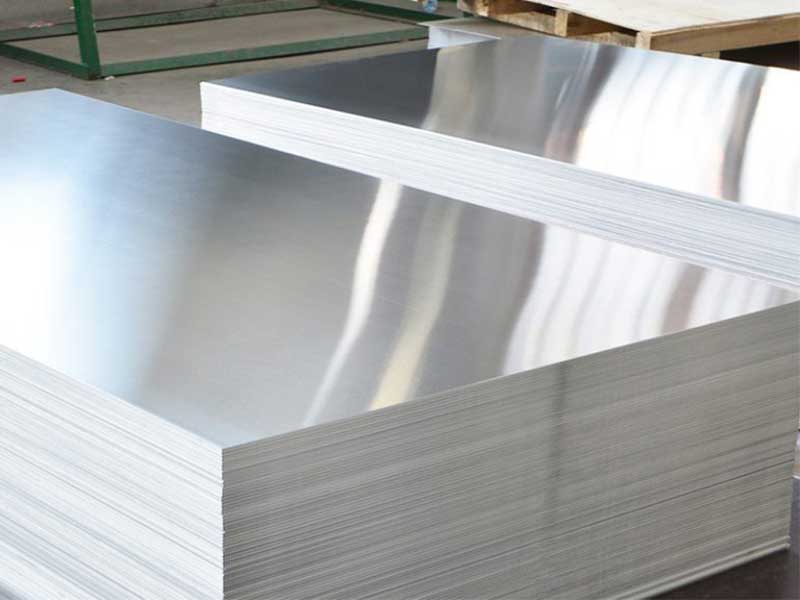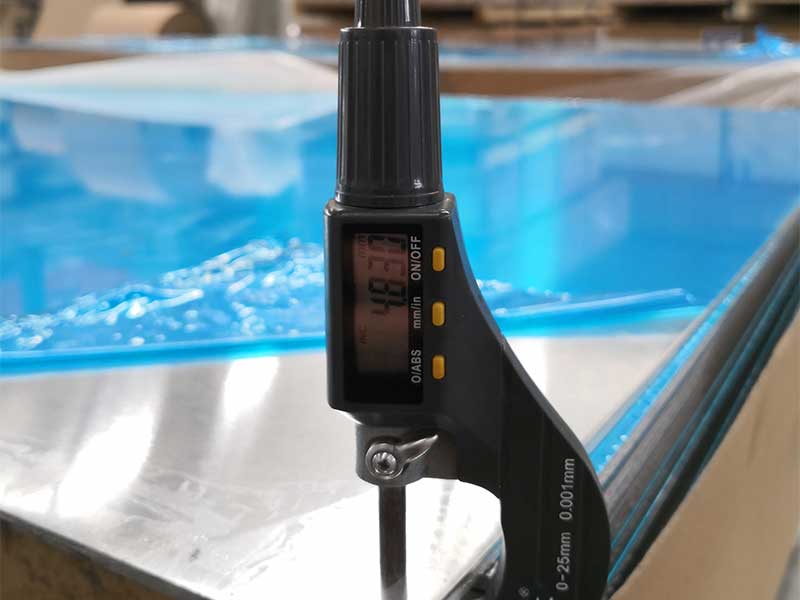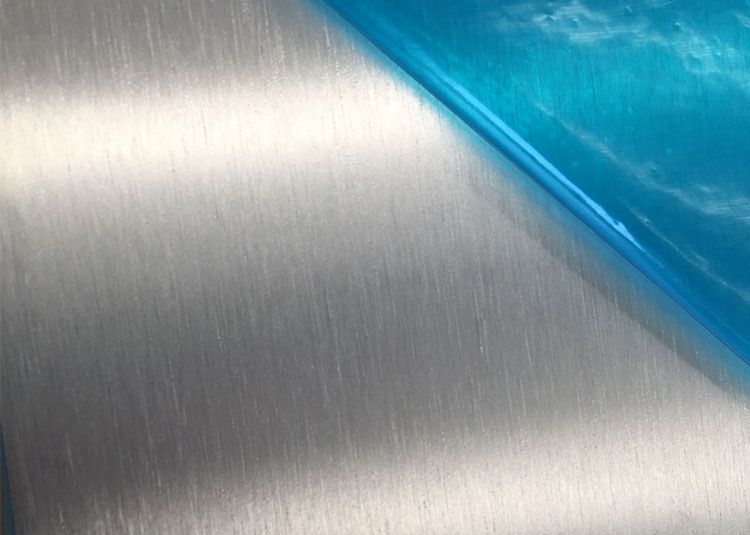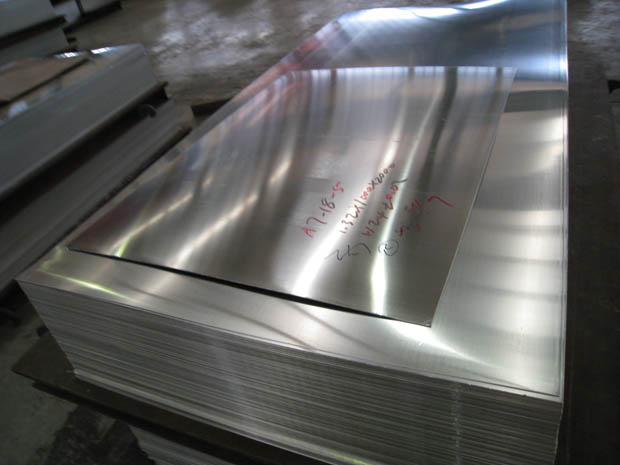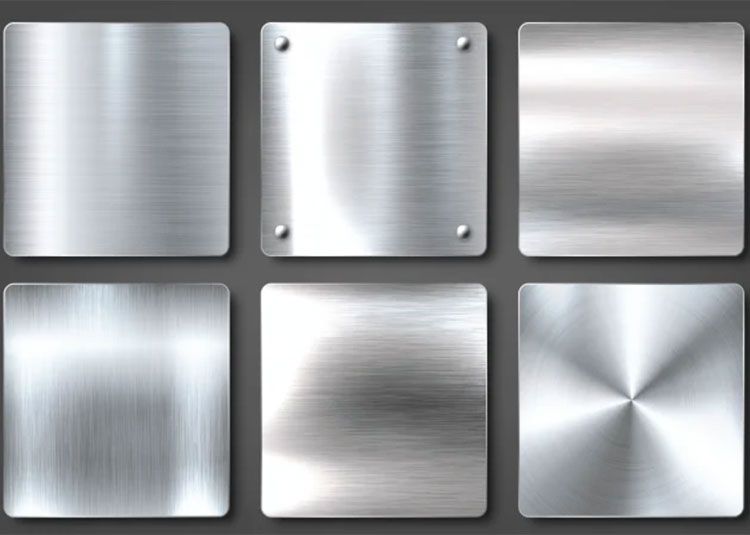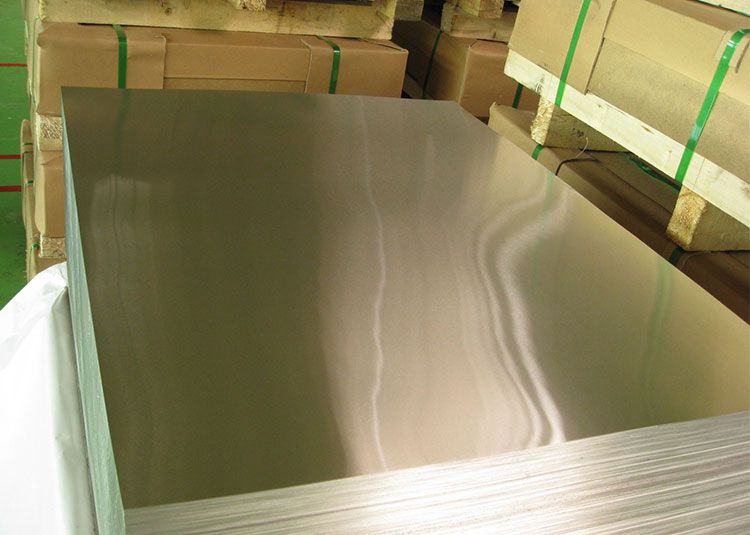In the vast realm of aluminum alloys, 5005 aluminum stands out as a remarkable choice renowned for its versatility and performance. As we dive into the unique characteristics and applications of this alloy, we'll explore its benefits from a distinctive viewpoint that highlights not only its technical prowess but also its aesthetic appeal.
5005 Aluminum Alloy
To appreciate the noteworthy qualities of 5005 aluminum, it’s essential to grasp its composition and properties. Classified as an aluminum-magnesium alloy, 5005 displays significant corrosion resistance, which makes it advantageous for applications requiring durability in harsh environments. With magnesium as a principal alloying element (typically around 3-5%), 5005 aluminum offers near sublime weldability and moderate strength, often reaching yields of 200-300 MPa.
5005 aluminum, a common alloy in our sheet production, presents a unique set of challenges and advantages. Its strength-to-weight ratio makes it a popular choice for applications requiring lightweight yet durable materials, particularly in automotive and transportation industries. However, its susceptibility to pitting corrosion, especially in marine environments or when exposed to chloride-containing substances, necessitates careful surface treatment and protective coatings during and after fabrication. We've seen instances where inadequate surface preparation before anodizing resulted in uneven coating thickness and subsequent corrosion issues, highlighting the importance of rigorous quality control at every stage of production. Furthermore, its slightly lower formability compared to some other aluminum alloys requires careful consideration of tooling and forming parameters to avoid cracking or tearing during the manufacturing process; we've adjusted our press settings specifically for 5005 to maintain consistent product quality.
Beyond the technical considerations, customer needs is crucial when dealing with 5005. We've found that clients often prioritize specific surface finishes, ranging from mill finish to highly polished or coated options, depending on the final application. This demand necessitates a flexible production process capable of accommodating various finishing requirements. Additionally, efficient inventory management is vital due to the varying customer demands and the potential for slight variations in material properties between batches. We’ve implemented a rigorous traceability system, coupled with advanced material testing, to ensure consistent quality and meet customer specifications, ultimately streamlining production and minimizing waste.
Superior Corrosion Resistance
What sets 5005 apart, especially in marine and industrial environments, is its defense against corrosion. Unlike many standard alloys, 5005's chemical traits enable it to form a protective film when exposed to natural elements, essentially ‘self-healing.’ This resistance makes it indispensable for applications in coastal regions where saltwater and humidity are everyday challenges.
Bright Aesthetic Appeal
From our unique viewpoint, the aesthetics of any material play a fundamental role in modern design trends. 5005 aluminum shines brightly when it comes to cosmetic applications. Its ability to be anodized enables manufacturers and architects to achieve various colors and finishes, thus providing flexibility in design without compromising durability. The polished surface not only enhances the visual appeal but also bolsters further oxidative protection.
Fabrication Features
Despite its strength-to-weight ratio, the unique ease of fabrication is another noteworthy exhibit of 5005 aluminum. It can be easily turned, lathed, or stamped, thus inviting creatives across diverse sectors—from artist designers in the art world to structural engineers in construction—to exploit this versatile alloy. Using cutting-edge methods such as laser cutting, the detail achieved in intricate designs becomes a reality, a feature particularly appealing to those pursuing unique artistic impressions.
Applications of 5005 Aluminum
• Architectural Elements: With its poised aesthetics and structural integrity, 5005 aluminum serves as an architectural metallic element in storefronts, ornamentation, or façade facings.
• Marine Components: Boat hulls and interiors benefit from the alloy's resistance to seawater corrosion, preserving functionality and appearance over prolonged exposure.
• Electronic Housing: Electrical casings made of 5005 aluminum not only safeguard devices from corrosion but resonate with a sleek design, aligning aesthetics and technology fluidly.
• Transportation: As variations for engineering chassis parts advance, 5005’s lightweight properties assist in reducing weight while enhancing fuel efficiency and performance.
Investing in 5005 Aluminum
With global demands for high-quality materials rising, the savvy choice is clearly in the mechanical angle of 5005 aluminum alloy. Manufacturers seeking reliable suppliers can lean on products merging performance with visual appeal—raining above practicality, effectively enlarging profit margins, and adding tangible value to their end products.
When selecting materials for projects that necessitate a relationship statement between quality and morphology—a seamless unification realized through operations—5005 aluminum is incomparable among its peers. Choosing 5005 could eliminate compromises and amplify both trust and satisfaction perpetually.


